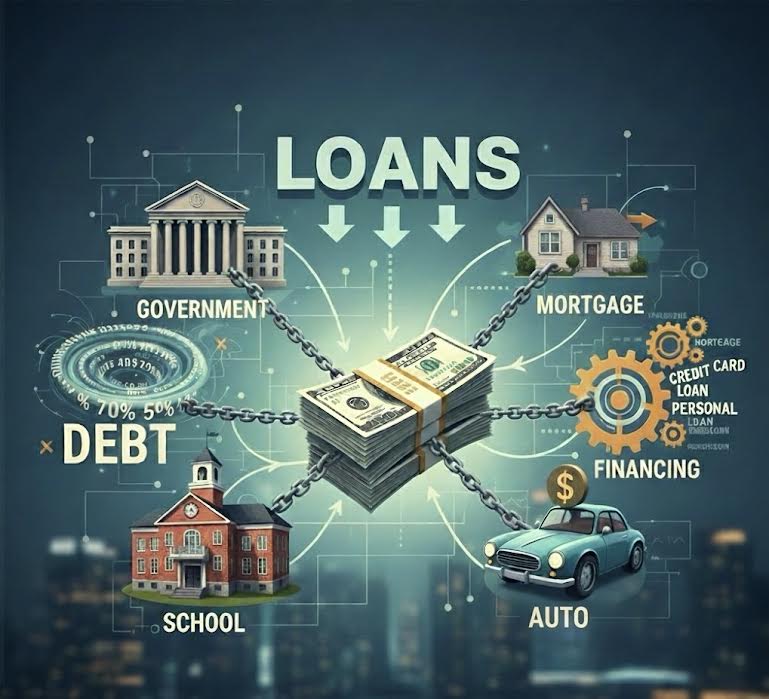Paypal’s Multiple Compression and Lowered Risk

Paypal’s Multiple Compression and Lowered Risk
When I wrote about Paypal earlier this month, the price was hovering around $66. I discussed how, based on its history of free cash flow (FCF) generation and low debt loads, I felt it represented a compelling opportunity going forward. At $66, and taking into account the company's aggressive share repurchases, it offered a better value proposition than when I previously owned it years ago at a lower price.
A recent positive step was the introduction of its first dividend, which is set to be paid out in December. While the dividend yield is very small initially, it signals a move in the right direction for a stock I’d like to hold long-term. My main objective with Paypal was to accumulate a core position of 100 shares. My goal was to build this position over the next few months by reinvesting dividends in my portfolios and making biweekly investments from my paychecks.
However, certain developments over the past couple of weeks have compelled me to accelerate my accumulation timeline. These developments include the news of Paypal selling up to $75 billion of its European Buy Now, Pay Later (BNPL) receivables to KKR. My primary concern regarding Paypal’s future prospects has always involved its exposure to services I personally view as risky, specifically crypto services and BNPL.
I feel that crypto is too volatile, and I personally don’t see a significant use case for it in the current environment, leading me to believe the Greater Fool theory applies. During the last bull run years ago, there was at least an effort to hype up crypto's potential use cases. In the most recent run-up, however, the dominant narrative has simply been "buy because it will be more expensive in the future." The high volatility in crypto, which I view as ungrounded in fundamentals, could introduce unnecessary instability to Paypal’s core business if crypto were to become a substantial part of its future model.
BNPL is, in my opinion, the scariest aspect of consumer finance today, and any moves to reduce its associated credit risk are a welcome development. Seeing Paypal execute its recent deal with KKR is a massive, de-risking move. Lately, global debt loads seem to be skyrocketing across governments, businesses, and the general population. We hear about excessive government spending, the substantial AI spending by corporations, and the massive school, car, and housing debt burdening individuals. All of this is occurring while the price of nearly everything is outpacing the wage growth of the common person. I believe this dynamic will further increase consumer debt loads until a major correction occurs. The fact that this vulnerability is visible in almost every aspect of society makes Paypal’s decision to offload BNPL risk a significant relief.
With the recent combination of Paypal’s stock price falling around 10% and its strategic move to sell its European BNPL receivables, my interest in accelerating my purchasing timeline has dramatically increased. For that reason, I’ve started liquidating more of my VWOB ETF holdings to purchase Paypal shares. VWOB is much less likely to experience high near-term volatility, while the price of Paypal could continue dropping or spring up rapidly, potentially making the current share price unattainable in the future. I feel I can reaccumulate the VWOB shares in the future at a relatively similar price. This risk/reward calculation is why I’m moving up the timeline to cross the Paypal 100-share threshold sooner. If the share price continues to drop, I may even continue accumulating beyond 100 shares, assuming nothing significantly changes in the underlying company fundamentals.